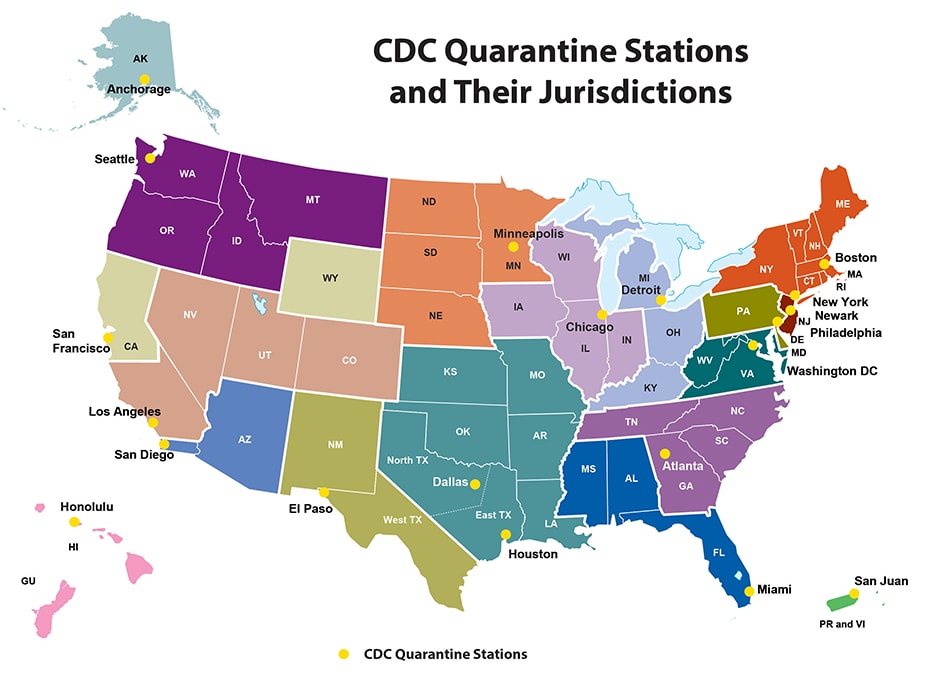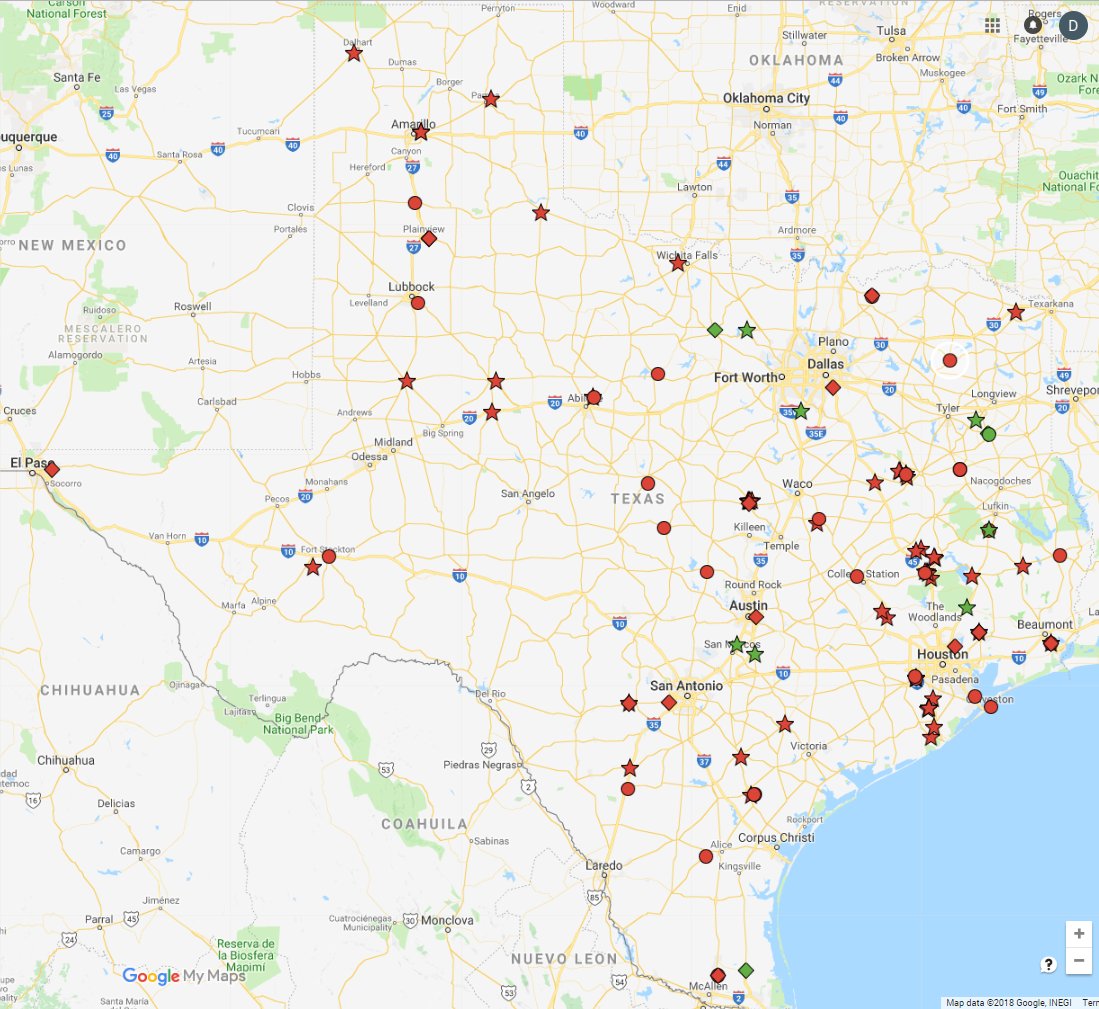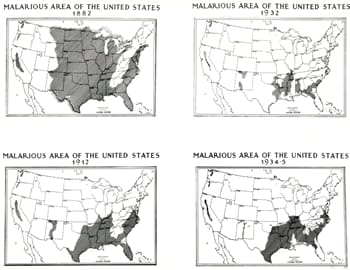(a) The Legislature shall not, except as otherwise provided in this Constitution, pass any local or special law, authorizing:
(1) the creation, extension or impairing of liens;
(2) regulating the affairs of counties, cities, towns, wards or school districts;
(3) changing the names of persons or places;
(4) changing the venue in civil or criminal cases;
(5) authorizing the laying out, opening, altering or maintaining of roads, highways, streets or alleys;
(6) relating to ferries or bridges, or incorporating ferry or bridge companies, except for the erection of bridges crossing streams which form boundaries between this and any other State;
(7) vacating roads, town plats, streets or alleys;
(8) relating to cemeteries, grave-yards or public grounds not of the State;
(9) authorizing the adoption or legitimation of children;
(10) locating or changing county seats;
(11) incorporating cities, towns or villages, or changing their charters;
(12) for the opening and conducting of elections, or fixing or changing the places of voting;
(13) granting divorces;
(14) creating offices, or prescribing the powers and duties of officers, in counties, cities, towns, election or school districts;
(15) changing the law of descent or succession;
(16) regulating the practice or jurisdiction of, or changing the rules of evidence in any judicial proceeding or inquiry before courts, justices of the peace, sheriffs, commissioners, arbitrators or other tribunals, or providing or changing methods for the collection of debts, or the enforcing of judgments, or prescribing the effect of judicial sales of real estate;
(17) regulating the fees, or extending the powers and duties of aldermen, justices of the peace, magistrates or constables;
(18) regulating the management of public schools, the building or repairing of school houses, and the raising of money for such purposes;
(19) fixing the rate of interest;
(20) affecting the estates of minors, or persons under disability;
(21) remitting fines, penalties and forfeitures, and refunding moneys legally paid into the treasury;
(22) exempting property from taxation;
(23) regulating labor, trade, mining and manufacturing;
(24) declaring any named person of age;
(25) extending the time for the assessment or collection of taxes, or otherwise relieving any assessor or collector of taxes from the due performance of his official duties, or his securities from liability;
(26) giving effect to informal or invalid wills or deeds;
(27) summoning or empanelling grand or petit juries;
(28) for limitation of civil or criminal actions;
(29) for incorporating railroads or other works of internal improvements; or
(30) relieving or discharging any person or set of persons from the performance of any public duty or service imposed by general law.
(b) In addition to those laws described by Subsection (a) of this section in all other cases where a general law can be made applicable, no local or special law shall be enacted; provided, that nothing herein contained shall be construed to prohibit the Legislature from passing:
(1) special laws for the preservation of the game and fish of this State in certain localities; and
(2) fence laws applicable to any subdivision of this State or counties as may be needed to meet the wants of the people.























